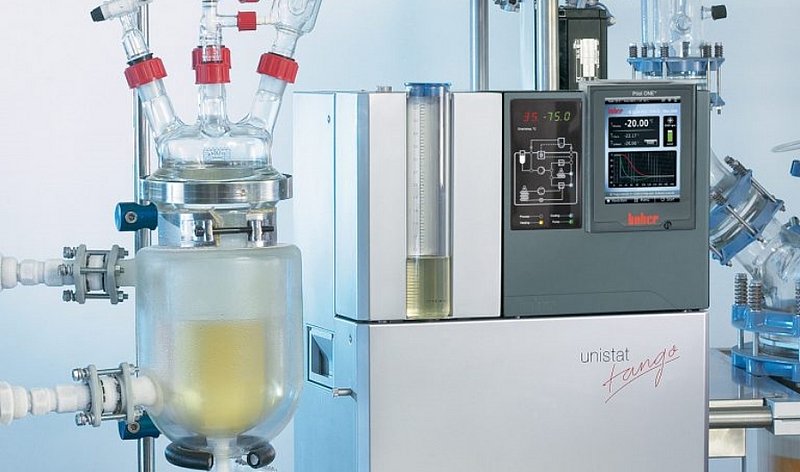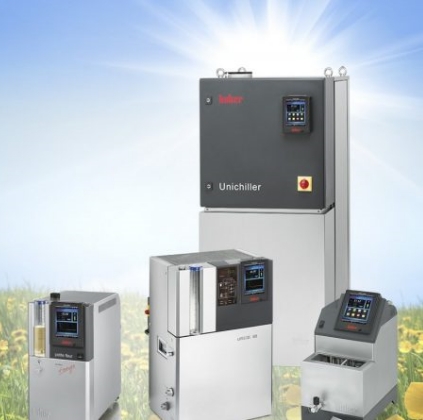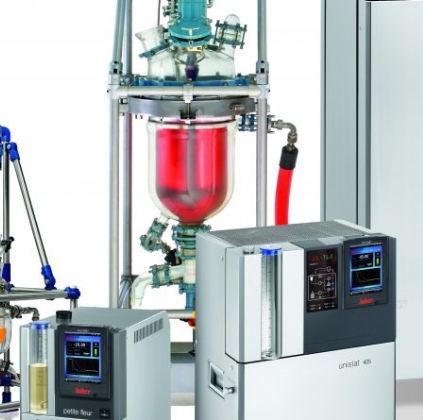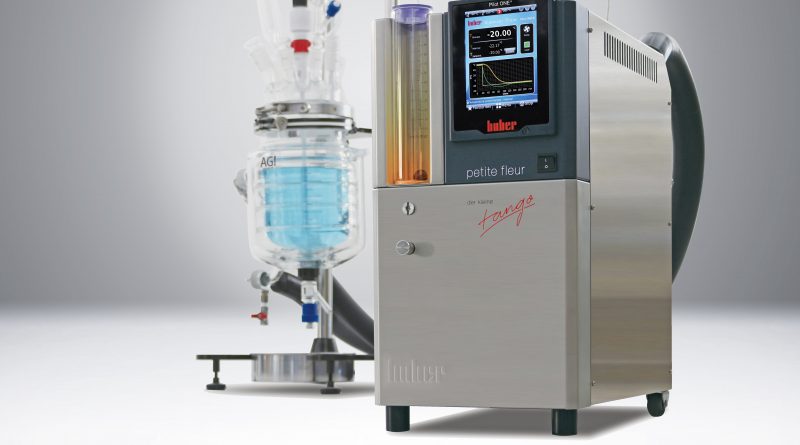Solubility determination and crystallization
Fast and good results with the help of parallel systems
In an anti-solvent, on the other hand, a compound is less soluble. Usually, a solvent / anti-solvent mixture is used to obtain crystals, especially for organic compounds.
Solubility determination and concentration determination are an important part of the daily work in some laboratories. Those who deal with it inevitably come across functional relationships of concentrations and temperature as a variable.
In solubility curves, concentration curves and saturation curves, this relationship is represented graphically. Here, important information for the entire chemical process can be derived, e.g.
- Basic information for controlled crystallization
- Hints for yield improvement
- Knowledge about polymorphic structures and their stability
- Possibilities for substance separation and purification
In a solubility determination, the focus is on finding suitable solvents and anti-solvents at an early stage of the experiment. With the help of this information, reaction and process parameters can be designed in such a way that the most economical result can be achieved with the best solvent system and suitable temperature control.
Of course, finding the optimum solvent system can be a time-consuming task. After all, different solubility curves have to be recorded as a function of temperature, usually with filtration at the respective temperature. If this is done classically "by hand", it means extensive series of experiments, since each sample has to be filtered, individually prepared and analyzed. Especially in the early phase of experiment development, often only little of the substance to be analyzed is available, so that small scales (a few ml) and experiments performed in parallel have to be relied on.
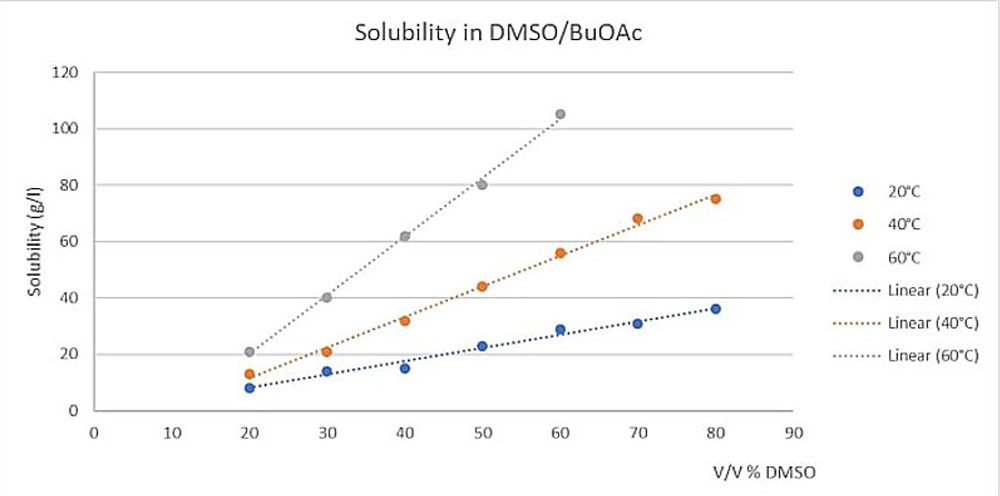
Figure 2 shows a solubility test system that can process multiple samples in parallel. Up to 10 solubility curves can be recorded automatically as a function of temperature. Whereby each individual sample can be separately tempered, filtered and prepared for further analysis. In combination with an HPLC, even automated analysis with HPLC/UV-VIS can be performed.At the end of this chain are reaction parameters and conditions, which then provide an optimal result in scale up for working with e.g. 1-5 liter reactor volumes.
In crystallization, crystals are to be controlled, e.g. grown from a solution, i.e. crystals with desired properties such as certain physical and chemical properties as well as size and appearance. The initial condition is a supersaturated solution. The crystallization can be controlled e.g. by a defined cooling and temperature control via a temperature control unit and thus a supersaturation can be maintained. The goal is to stay within the metastable zone (MSZW). The range between solubility and turbidity of the solution. Figure 4 shows this schematically. By changing the temperature (cooling), the desired process parameters can be maintained.
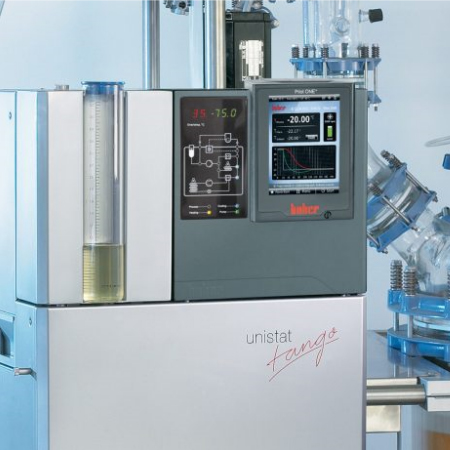
Figure 3 shows an example of a set-up with a temperature control unit and double jacket vessel, as found in the classic chemistry laboratory. Educts can be introduced into the double jacket together with the solvent, either directly or via metering pumps.
As with solubility determination, it also makes sense here to find the conditions in advance on a smaller scale and with different concentrations that will ensure economical work later, e.g. on a production scale. Here, too, a parallel system such as the Xelsius-STS system can be used to analyze several samples simultaneously. At the end, the findings can be fed back into scale-up operations. With the ability to run multiple samples at different temperatures, the conditions that deliver higher success and yield can be quickly found.
For both solvent screening and process optimization, parallel systems with small process approaches can provide fast and good results for subsequent process control in crystallization. By means of automated sampling and filtration as well as integrated evaluation software, the necessary data can be determined efficiently and reliably.
Initial publication: Analytik News, Aug. 12, 2021
